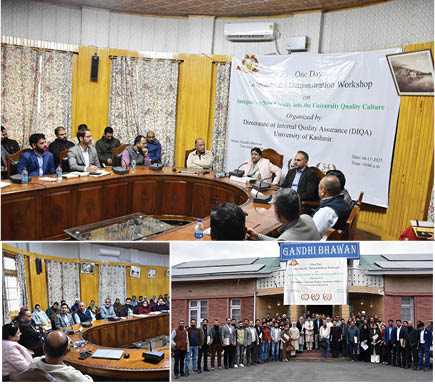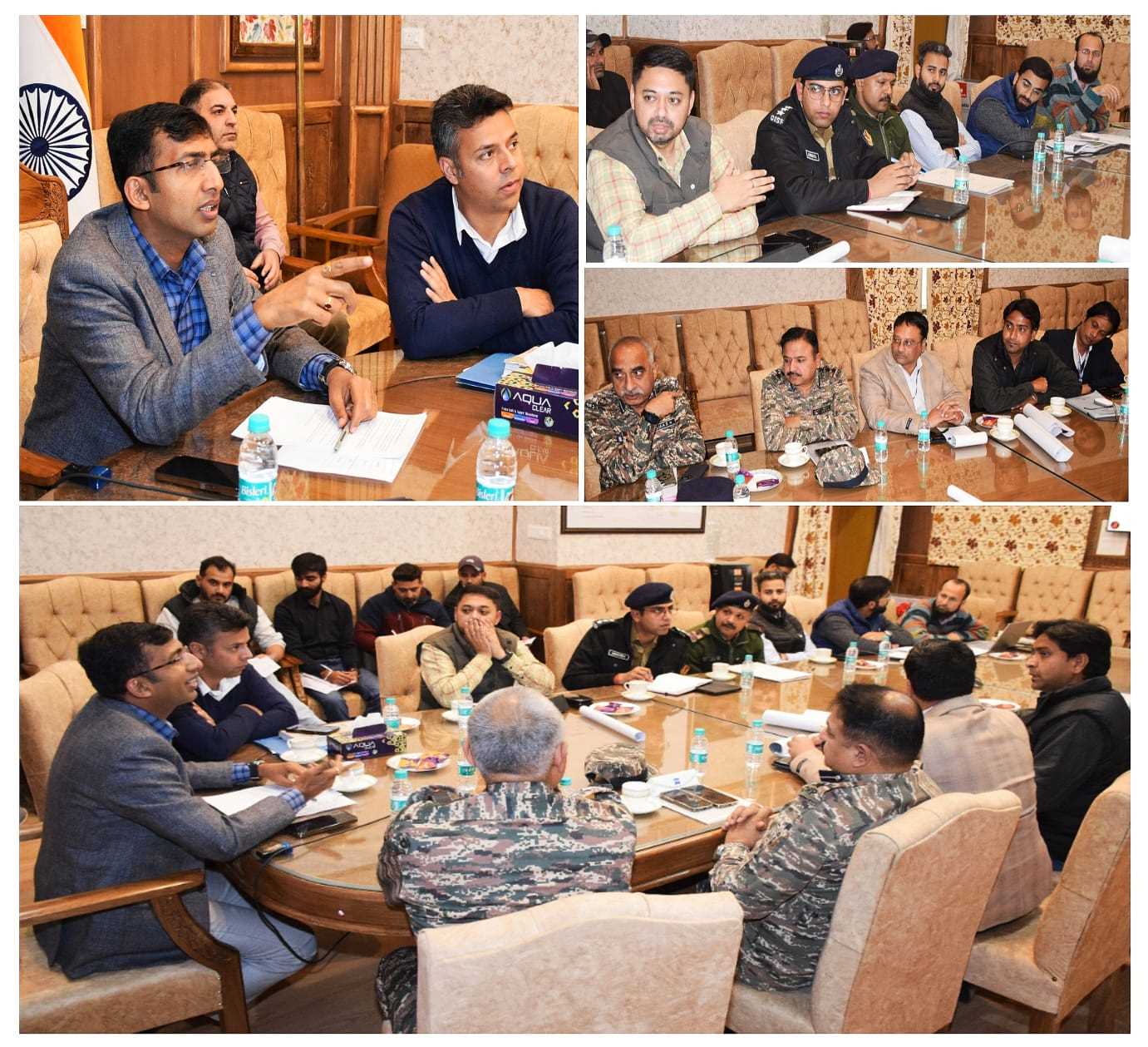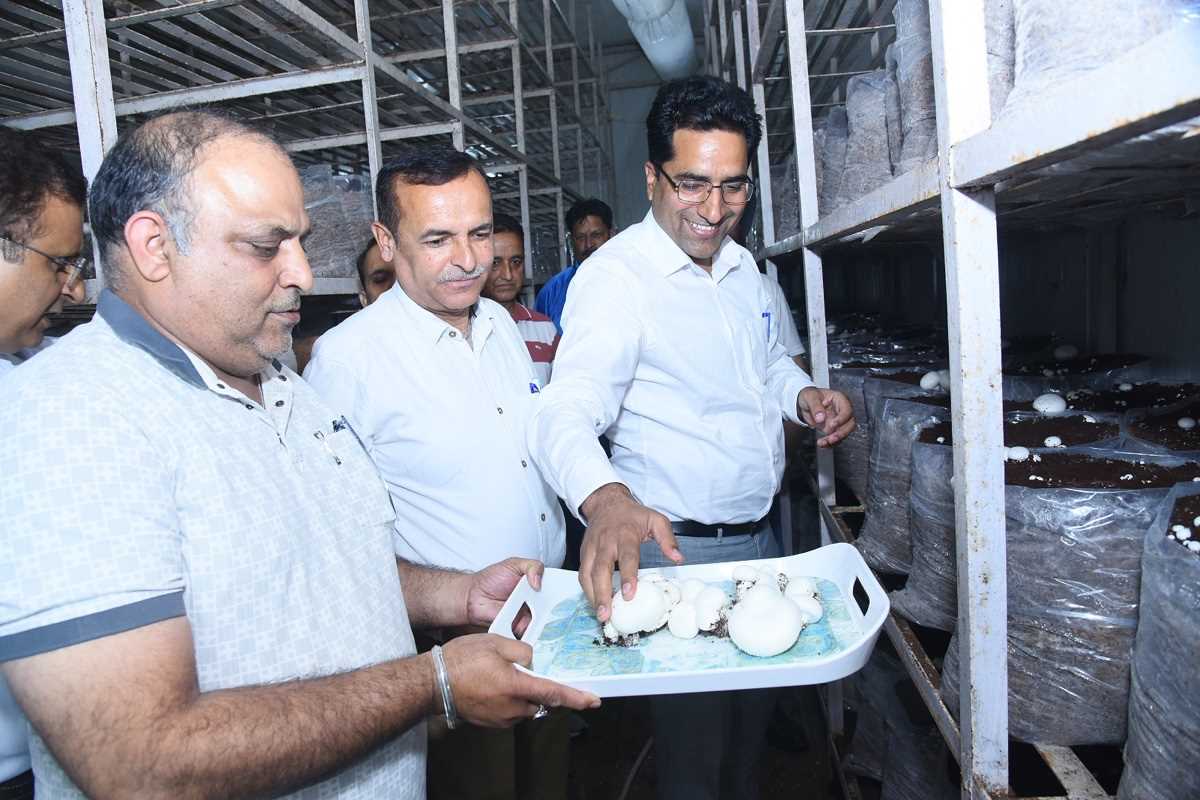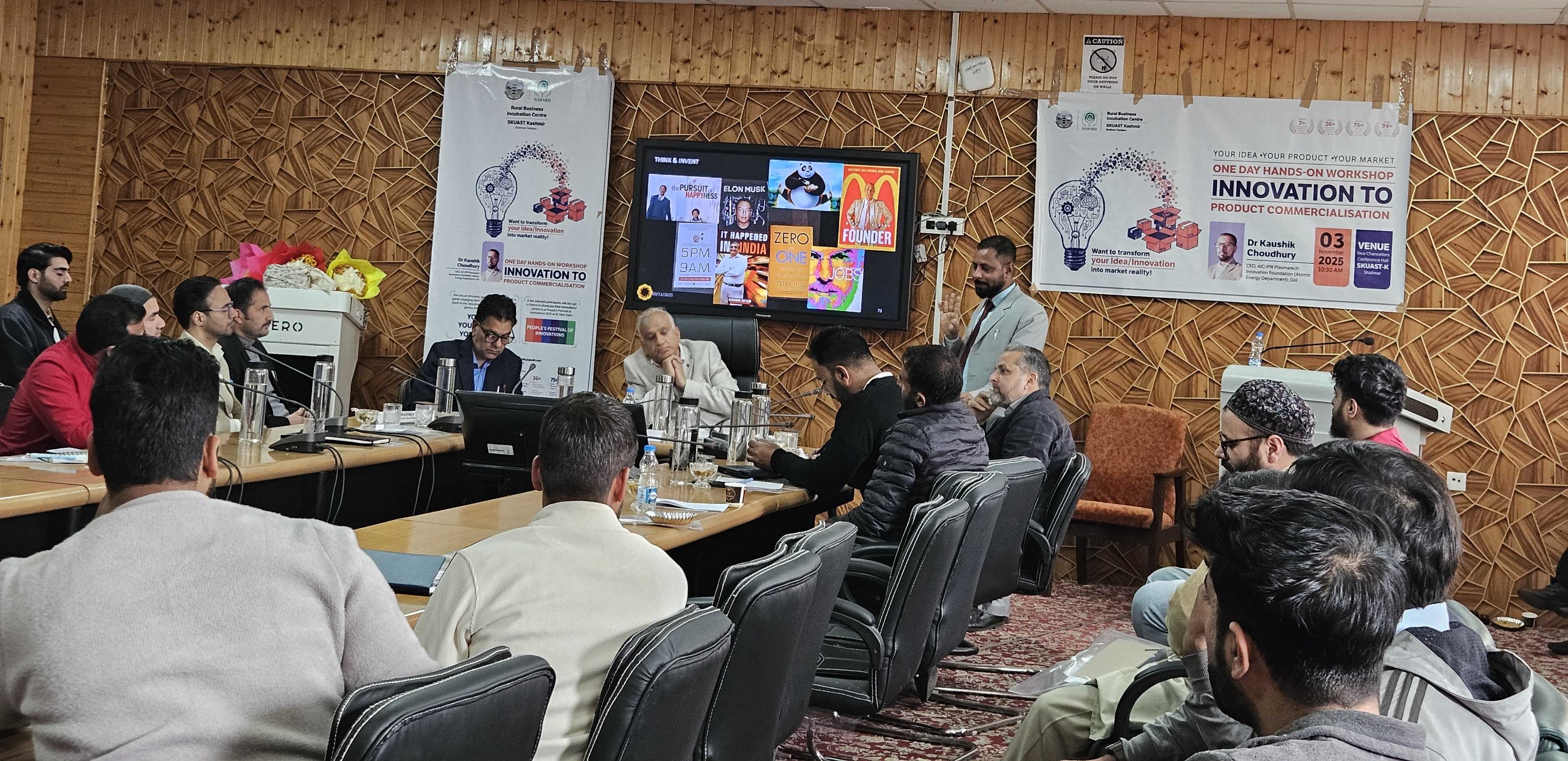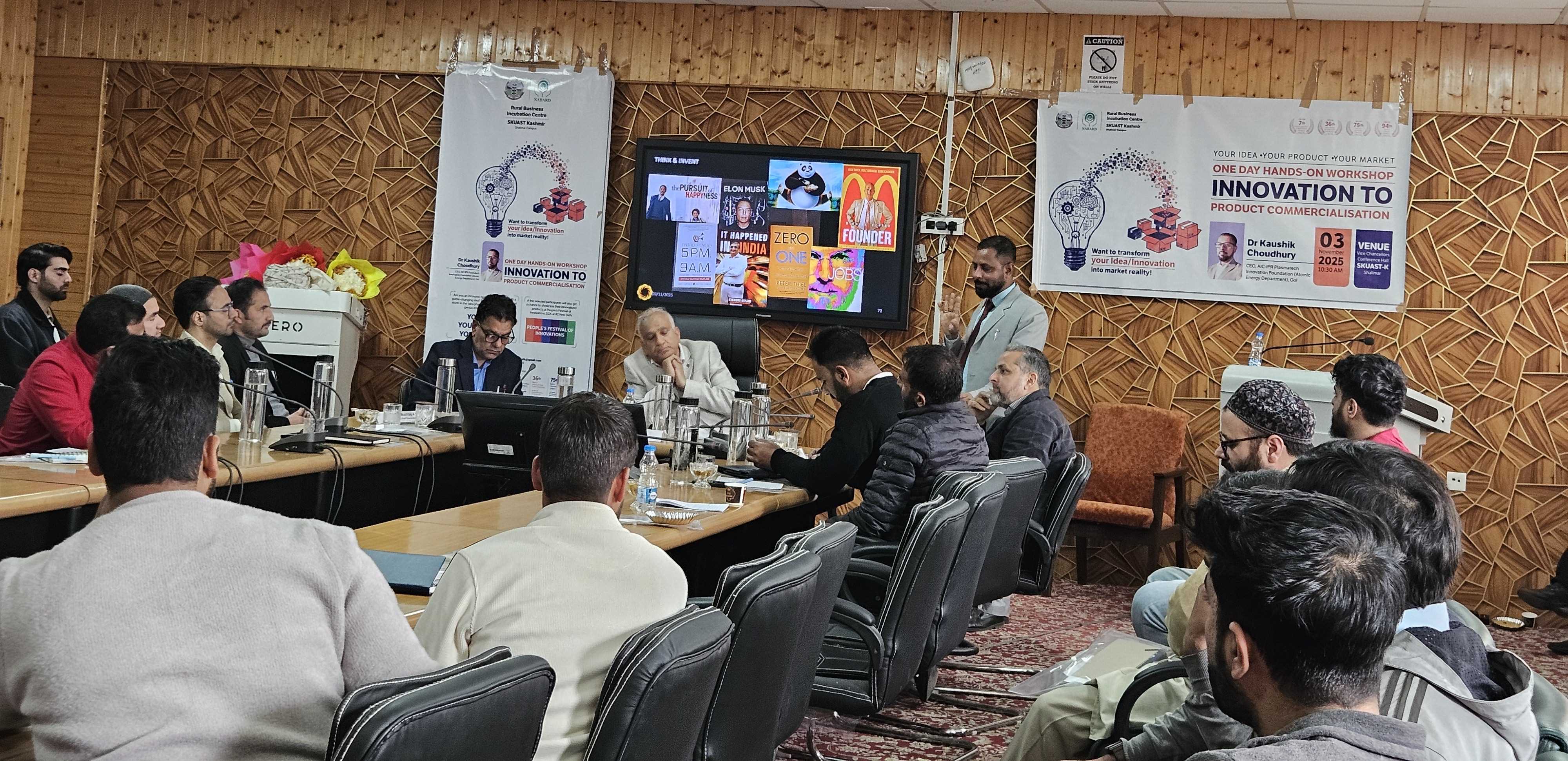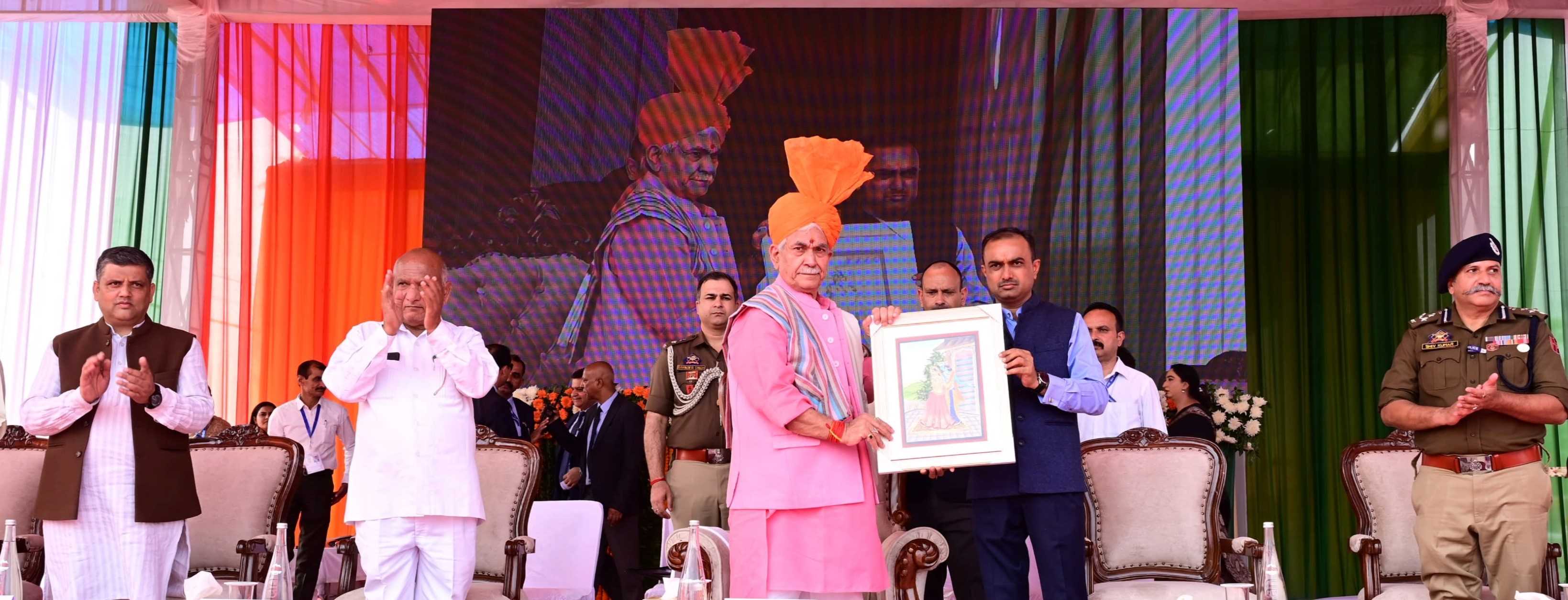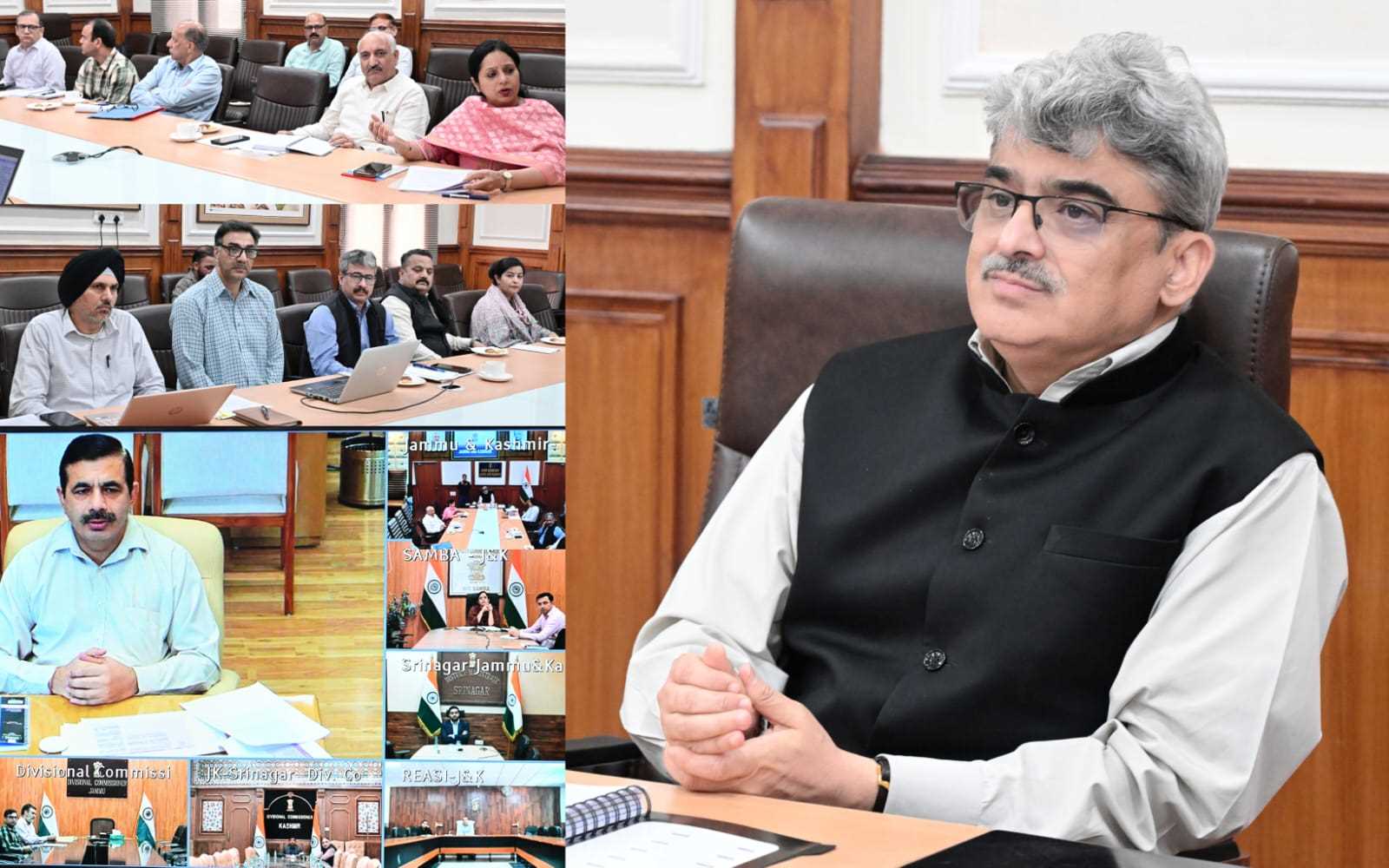Hidden in the remote region of north Kashmir, behind the mountains of Shamasabari and the dense emerald green conifer forest of Lolab, one gets to see Machhal (also known as Matchil or Macchil). It is a charming place with lovely people who will entertain you with utmost hospitability and share interesting anecdotes of their history and myths associated with the region. Machhal is a small village located close to the Line of Control in the Kupwara district of Jammu & Kashmir. The northern part of the village is bound by Line of Control while the southern portion is bound by District Head Quarter, Kupwara. It is situated 56 km away from Kupwara and 15 km from the Line of Control.
Machhal village is located at an altitude of 8,225 ft. It is surrounded by thick conifer, mostly Deodar forests, mountain slopes and snow-clad peaks from all sides. The prominent watershed in the area is Nao Nar, which flows into the Machhal Nar, which in turn is a tributary of the Kishanganga River. The village is surrounded by three major forests: Aldar Forest, Satnag Forest and Dana Forest. The area remains landlocked and cut off for more than six months in a year due to heavy snowfall. The mercury dips to minus 15 degrees Celsius during winters and goes as high as 25 degrees Celsius during summers. It receives an annual precipitation of 740.5 mm per year. To discover the beauty of Machhal, one must first enter the Lolab valley; from Lolab, the road leads north towards Kalaroos through dense green Deodar forests. Kalaroos is famous for its caves and the Satbaran monument (Seven Doors). Satbaran is an ancient monument belonging to Kashmir’s Buddhist era and must have been a mediation destination for the Buddhist monks. They are visible from a distance as they are along the spur, and they are a hiker’s delight.
The road from Kalaroos takes one to Sarkuli village and through the dense Sarkuli Thiayan forest. One meanders through serpentine roads till one emerges at a pass known as Zamindar Gali. Also known as Z-Gali, it lies at an altitude of 10,334 feet. At Zamindar Gali, you get a breathtaking view all around, and the most beautiful site is that of Nanga Parbat in the distance, towering at an altitude of 26,660 feet. The Border Roads Organisation carries out the arduous task of keeping the road open for most winters. The area around Z-Gali is flat and is called Koker Seena (the chicken chest) by the local population in the region. As one drives along, one can’t take eyes off the vast expanses of jaw-dropping meadows, green paddy fields, golden mustard fields in full bloom on either side of the road, and ethereal pastures surrounded by the mighty Nuwan Mountain range. Destination Machhal looms ahead with its beautiful hamlets. Small lakes and pristine meadows are nestled within the mountains with numerous springs and nameless waterfalls.
The word Machil is derived from the Dardic language and means fish. According to some locals, the name was given to the place because of the abundance of fish in Machhal streams. Another section of the locals believes that sometime in the 1940s, Mohammad Sultan Harray, a resident of Gurez, moved to Pushwari via Gurez-Akbar-Korwali II-Pushwari. He carried along seeds of ‘Trumba’, a type of local staple food. He planted the seeds, and while returning, he saw huge cultivated fields. Surprised to see the flowers on top of cultivation, he decided to name the place ‘Pushwari’ (Pushp meaning flowers). When he reached Machhal, he started looking for food but could not find anything to consume. He caught fish, roasted them on fire and consumed them; he called the place Machil, which translates to fish. On his journey, he moved to Dudi, where he met an older woman from Lolab. The older woman served him milk to quench his thirst, and he called the place Dudi, meaning milk. While moving forward, he planted apples (Tsunt in the local Kashmiri language). After a year, while returning, he found the area entirely of apple trees and called it Tsuntwari (orchid of apples). On moving further North, he reached an area covered with mountains on all sides and formed a ring with a plateau in between; he called it Ringbala. While he was returning, he saw people playing Dhol & Daphli. He called the area Dabpal. Dab in Kashmiri is a veranda, and Pal is a rock. A simple combination means a verandah over a rock; that is how village Dabpal appears to the naked eye from a distance.
Agriculture is the primary source of livelihood in the Machhal Bowl, which is also rich in forest resources. Some of the significant produce are Corn, Potatoes, and Kidney beans. The village men are also proficient carpenters and have expertise in artisan work. The women folk are into farming and tending to household chores. The entire landscape is enchanting and mesmerizing and beckons nature lovers. Nature is at its best, be it plains, hills, mountains, pastures, Dallas, or meadows, and one is awestruck as one wanders through the mountains and valleys. Areas like Pushwari, Mishri Bhaik and Kalai Bhaik, which fall in the region, have great potential for development as tourist places because of their natural scenery, climate and topography. Machhal cuisine, much like Kashmiri cuisine, is unique, mouth-watering and delectable. Salted tea or Noon chai, also called Sheer Chai, is the traditional drink cooked in a Samavar (teapot). Kahwa, the traditional green tea, is also served on special occasions and festivals. Here, weddings are regarded incomplete without Wazwan, a delicious multi-course meal in which almost all the dishes are meat-based with a flavor some spicy taste.
Tourism in Kashmir Valley has generally been saturated around the urban centres, and traditional tourism destinations like Gulmarg, Srinagar, Pahalgam, Sonmarg etc., are being marketed extensively. Machhal offers tremendous opportunities for tourism as well as for adventure activities. The lack of awareness about the tourism potential of the general area inhibits the growth of tourism in Machhal Valley. There is a huge scope for bed-and-breakfast schemes in and around the villages of Pushwari and Machhal. Adventure activities like rowing, kayaking and white-water rafting can be undertaken in the Machhal Nar; trekking in the forest, angling, and camping are some other avenues for the development of tourism, which will put it on the global tourism map for sure shortly


